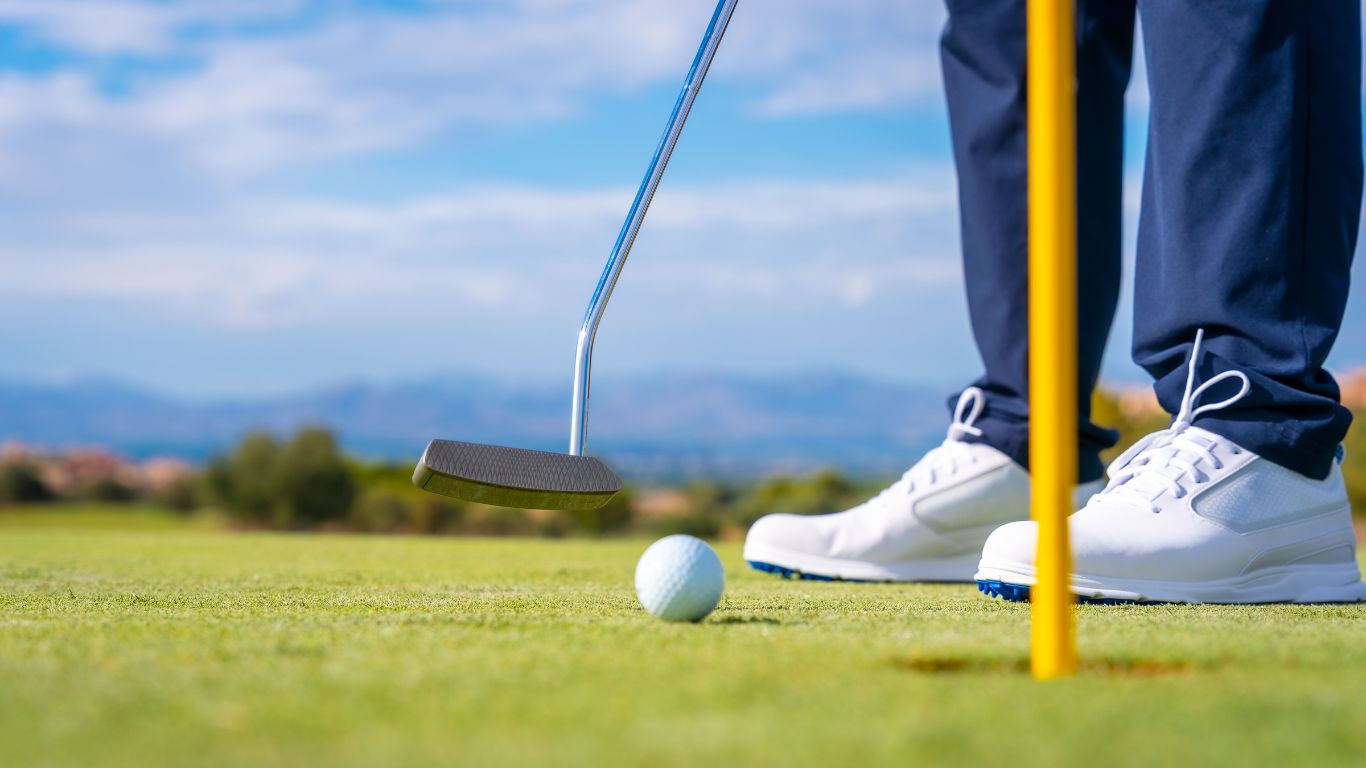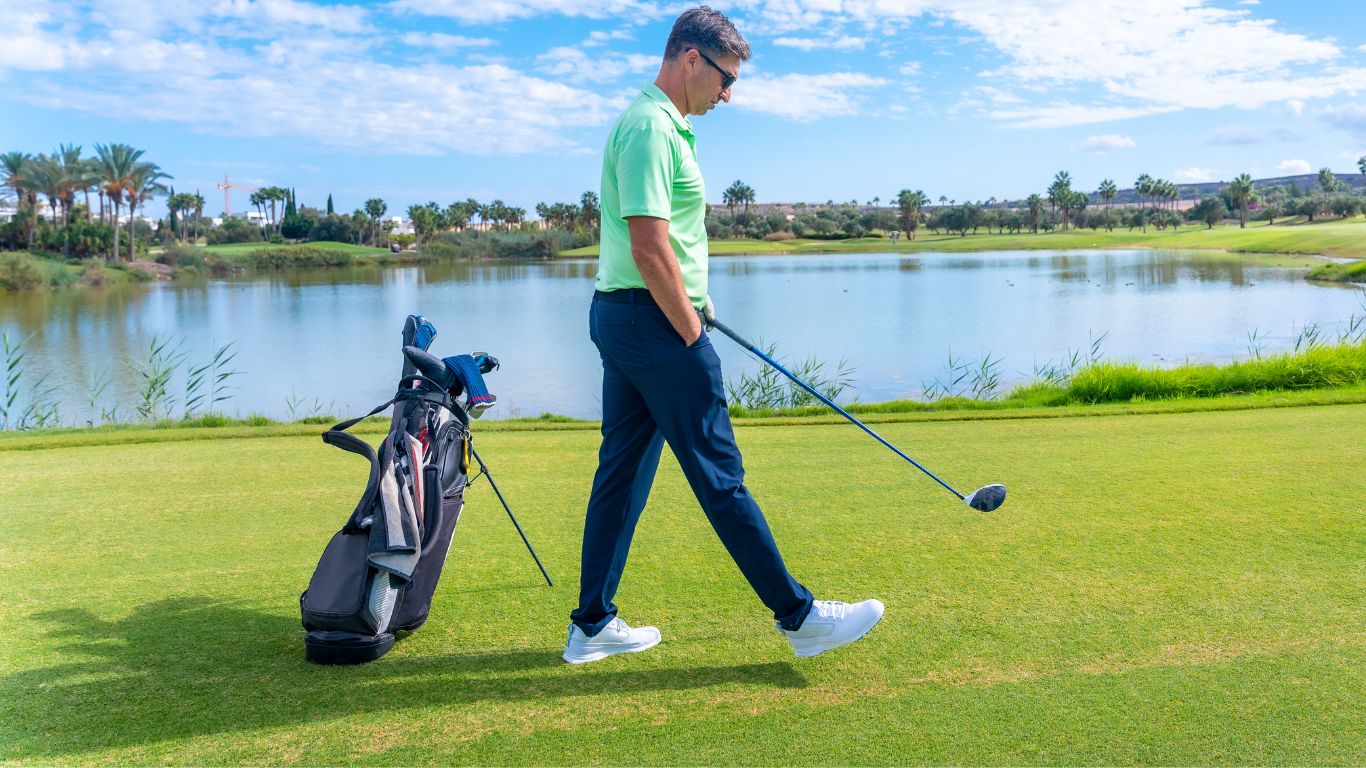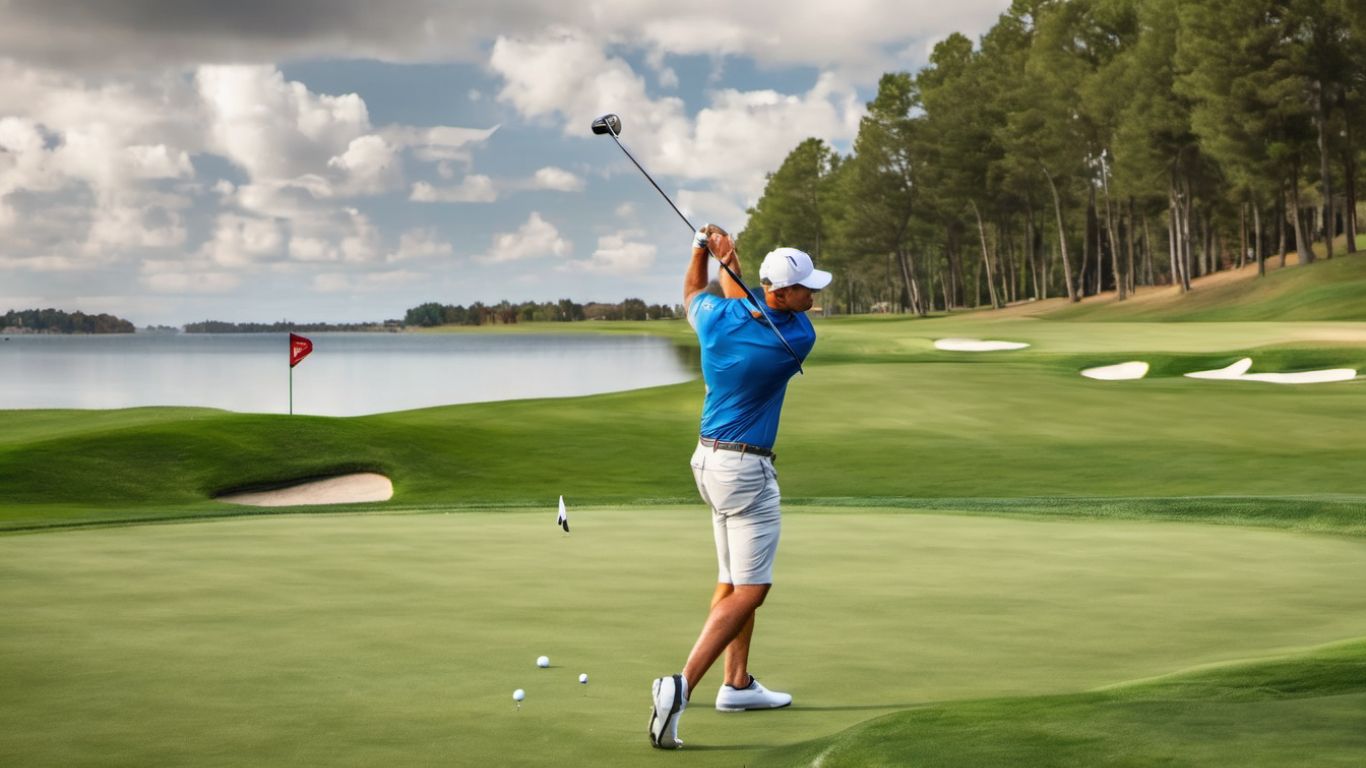Golf requires a delicate balance of precision, power, and skill. While many factors contribute to a golfer’s success, one aspect often overlooked is the grip. Holding a golf club seems simple, but mastering the perfect grip is a fine art that can significantly impact your game. Whether you are a seasoned pro looking to perfect your swing or a beginner just starting your golfing journey, understanding the intricacies of holding a golf club can be the key to unlocking your potential.
The grip is the ultimate connection between the golfer and the club, dictating the swing’s trajectory and power. A solid grip helps ensure control and consistency in your shots, giving you better command over the ball’s flight and direction. However, achieving the ideal grip is not a one-size-fits-all solution; it varies based on an individual’s hand size, flexibility, and style of play. In this article, we will delve into the art of holding a golf club, exploring different gripping techniques, discussing common pitfalls to avoid, and providing tips to help you find the grip that suits you best. So, grab your clubs, and let’s explore the nuanced world of golf club grips together.
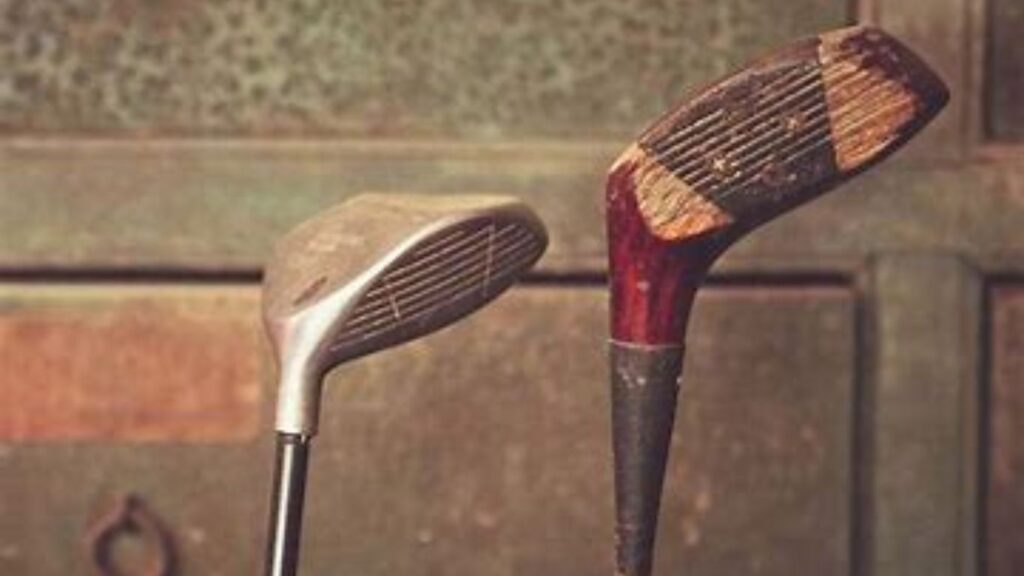
Golf Blog
Understanding the importance of a proper grip
One must recognize the importance of a proper grip when mastering the art of holding a golf club. Often overlooked by beginners and recreational players, the grip is one of the fundamental aspects that directly impacts your swing and overall game. A correct grip enhances your control over the club and allows you to unleash the full potential of your swing, maximizing accuracy and power.
To comprehend the significance of a proper grip, it’s essential to understand its role in generating proper clubface alignment. The grip connects your body and the club, allowing you to transmit your desired swing mechanics into the ball. It is the only part of your golf club you physically touch, making it crucial to maintain control throughout your swing.
One crucial aspect of a proper grip is clubface control. A correct grip ensures the clubface remains square at impact, leading to more accurate shots. If you have an incorrect grip, you will likely need consistent strikes, leading to errant shots and reduced confidence on the course.
In addition to clubface control, a proper grip plays a significant role in generating power. When your hands are in the correct position, they synergize with your body rotation, creating a smooth and efficient swing. This connection between the hands and the body is essential for generating clubhead speed, resulting in longer drives and improved distance with your irons.
A good grip can also help prevent unnecessary tension in your hands and forearms, improving your swing’s fluidity. Properly holding the club reduces the risk of grip pressure becoming too tight, often leading to a less natural swing. This relaxed grip allows your wrists to hinge correctly during the backswing and release powerfully through impact, helping you hit the ball with greater ease and precision.
Furthermore, a proper grip gives you better control over the club throughout your swing, especially during crucial moments like impact. It helps prevent the club from twisting in your hands, minimizing the possibility of misjudging the target line or delivering off-center shots. With a solid grip, you’ll find yourself more confident in your ability to control the direction and trajectory of each shot, which is essential for conquering challenging course layouts.
As you continue to perfect your grip, it’s crucial to remember that individual variations exist. Everyone’s hands are slightly different, and what works for one player might not work for another. Therefore, exploring various grip options and finding comfort is pivotal in enhancing your game.
To ensure you have the correct grip, it is recommended to seek advice from a professional instructor. They can analyze your grip and provide personalized guidance tailored to your unique physical attributes and swing characteristics. Working with an instructor can help you make the necessary adjustments and solidify a grip that supports your golfing goals.
Understanding the importance of a proper grip is crucial in mastering the art of holding a golf club. It directly affects clubface control, power generation, and control over your swing, ultimately influencing your shot accuracy and distance. So, take the time to analyze and perfect your grip, as it is the foundation for a successful golf game.

Golf Blog
Basic grip techniques and hand positioning
The way you grip a golf club has a significant impact on your swing and overall game. Having a strong and stable grip ensures control and consistency in your shots. Whether you are a beginner or a seasoned golfer, understanding the basic grip techniques and hand positioning is crucial for mastering the art of holding a golf club.
When it comes to grip, there are primarily three different types: the interlocking grip, the overlapping grip, and the ten-finger grip. The interlocking grip involves intertwining the pinky finger of your trailing hand (right hand for right-handed golfers) with the index finger of your lead hand (left hand for right-handed golfers). This grip is widely used by golfers with smaller hands or those who prefer a firm connection between their hands.
On the other hand, the overlapping grip, also known as the Vardon grip, is more prevalent among professional golfers. In this grip, you place the pinky finger of your trailing hand on top of the index and middle fingers of your lead hand, creating an interlocking effect. Golfers with larger hands or those seeking extra control in their swings often opt for this grip.
Lastly, the ten-finger grip, also known as the baseball grip, involves placing all ten fingers on the golf club. This grip is commonly used by beginners or individuals transitioning from sports like baseball or tennis. While it provides a solid connection with the club, it may reduce the flexibility of your wrists during the swing.
Finding the proper hand positioning is essential to achieve the perfect grip. Start with the lead hand (left hand for right-handed golfers) by diagonally placing the club handle across the palm. The handle should run from the base of the pinky finger to the area closer to the fingers’ base.
Wrap your hand around the handle, ensuring the thumb rests slightly right of center, keeping your arm and club aligned. The pad of your lead hand’s thumb should rest comfortably against the handle, providing support and steadiness throughout your swing.
Moving to the trailing hand (right hand for right-handed golfers), place it slightly below the lead hand, allowing your fingers to wrap around the handle naturally. The trailing hand’s thumb should fit snugly into the lifeline of the lead hand, overlapping or interlocking, depending on your chosen grip technique.
Maintain a relaxed grip, avoiding excessive tension in your hands and fingers. Tightly gripping the club might hinder your swing’s fluidity and decrease clubhead speed, potentially leading to errant shots.
Equally distributing pressure between both hands is essential for balance and control. Ideally, the grip pressure should be firm enough to maintain power but light enough to allow freedom of movement. An excellent way to ensure equal pressure is to imagine holding a tube of toothpaste in each hand, squeezing it sufficiently to avoid letting any toothpaste ooze out.
Remember, mastering the grip and hand positioning takes practice. Spend time at the driving range or practice putting green to find what feels comfortable and natural. Experiment with different grip techniques and hand positions until you discover the one that enhances your swing and improves your overall performance on the golf course.
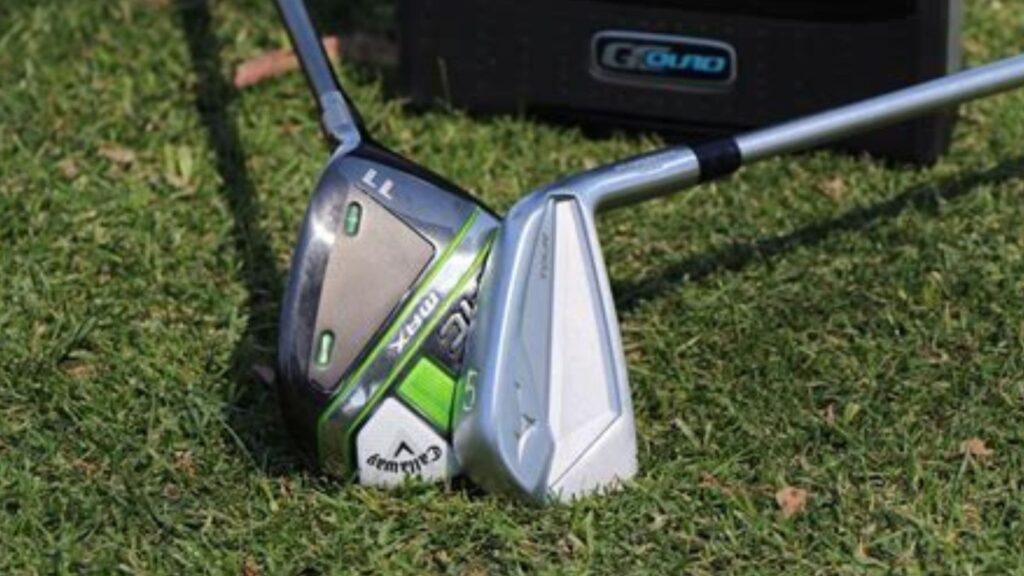
Golf Blog
Common mistakes to avoid when gripping a golf club
Many golfers need to correct several common mistakes when mastering the perfect grip. How you hold the golf club can significantly impact your swing and overall performance on the golf course. This section will discuss some of the most common grip mistakes and how to avoid them.
One of novice golfers’ most prevalent mistakes is gripping the club too tightly. While wanting control over your swing is understandable, a tight grip can hinder your performance. Holding the club too tightly can restrict the natural movement of your hands and wrists, making it difficult to generate power and control. Instead, strive for a relaxed grip that allows your hands to move freely throughout the swing.
Another common mistake is gripping the club too low in the palm. When your grip is too low, you lose the ability to properly hinge your wrists, resulting in a less effective swing. Instead, aim to place the grip across the base of your fingers, just below the pads. This position allows for greater control and a more efficient power transfer from your body to the club.
Conversely, gripping the club too high in the palm is equally problematic. When your grip is too high, maintaining control during the swing is challenging, leading to wayward shots. To avoid this mistake, ensure that the club rests across the base of your fingers, avoiding any excessive pressure in the palm area.
Many golfers also need to pay more attention to the importance of their non-dominant hand in the grip. For right-handed players, the top hand would be the left hand, and vice versa for left-handed players. Neglecting the top hand can result in an imbalanced grip and a lack of control over the clubface. Ensure that your top hand is positioned correctly, with the thumb resting comfortably on top of the grip and pointing slightly to the right of the center.
A common mistake golfers make is interlocking their fingers too tightly or not at all. The most widely recommended grip styles are the overlapping and interlocking grips. The overlapping grip involves the pinky finger of your trail hand (right hand for right-handed players) resting on top of the index finger of your lead hand (left hand for right-handed players). As the name suggests, the interlocking grip involves interlocking the trail hand’s pinky finger with the lead hand’s index finger. Experiment with both styles and find the most comfortable and secure for you.
Lastly, one of the most critical aspects of gripping a golf club correctly is ensuring that your hands work together as a unit. It’s common for golfers to have a disconnect between their lead and trail hands, causing an inconsistent grip and leading to poor shots. Your hands should work harmoniously, so focus on keeping them connected throughout the swing, allowing for a smooth and natural motion.
By being aware of and avoiding these common grip mistakes, you can take a significant step toward mastering the art of holding a golf club. Remember to maintain a relaxed grip, position the club across the base of your fingers, pay attention to both hands and ensure they work together seamlessly. With practice and commitment to improving your grip, you’ll be well on your way to improving your golf game.
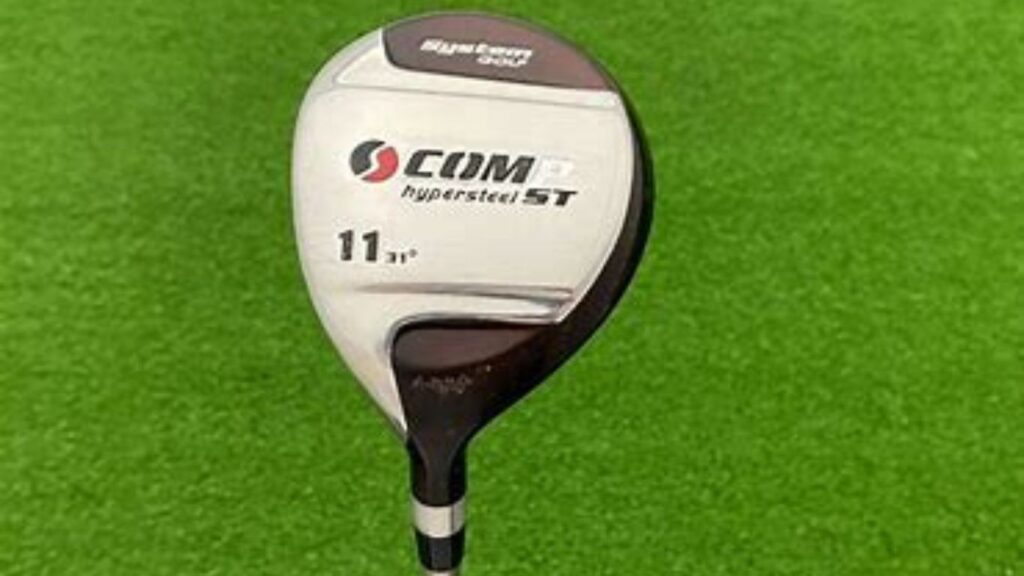
Golf Blog
The role of grip pressure in maintaining control
When it comes to playing golf, control over the golf club is crucial for success. Mastering the art of grip pressure is a small but vital part of achieving this control. How you hold the golf club and the amount of pressure you apply can significantly impact your swing and overall performance on the course.
The grip pressure refers to the force exerted by your hands on the club. Finding the right balance between a grip that is too tight and one that is too loose can be a game-changer, as it affects your clubface control, swing tempo, and, ultimately, your ability to strike the ball consistently.
One common mistake that golfers make is gripping the club too tightly. A tight grip can unintentionally create tension throughout the entire body and hinder your ability to swing smoothly. When you squeeze the club with excessive force, it becomes challenging to maintain proper wrist hinge and rotation, which are crucial for generating power and accuracy.
Conversely, a loose grip can lead to a lack of control and consistency. If you grip the club firmly enough, it may shift or move during your swing, resulting in consistent contact with the ball. Additionally, a loose grip can make it challenging to control the clubface angle, leading to off-target shots.
To find the ideal grip pressure, you must strike a balance that allows for control and precision while maintaining a relaxed and free-flowing swing.
One helpful technique to help adjust your grip pressure is to imagine holding a live bird in your hand. If you squeeze too tightly, you’ll harm the bird, but it may fly away if you have it too loosely. Applying this analogy to your grip pressure can help you find the right amount of control without putting unnecessary strain on your swing.
Another helpful tip is to pay attention to your body’s feedback. During your swing, monitor the sensations in your hands and forearms. If you notice excessive tension or pain, it indicates that your grip pressure is too tight. Adjust your hold on the club and aim for a more relaxed sensation, allowing your muscles to work naturally and efficiently.
Additionally, maintaining a consistent grip pressure throughout your swing is essential. Often, golfers unintentionally change their grip pressure during different phases of their swing, resulting in inconsistent ball striking. Practice maintaining a steady grip pressure from the address to impact and even through the follow-through.
Finally, it’s crucial to note that finding the ideal grip pressure may vary from person to person, depending on various factors such as hand size, strength, and personal preference. Experiment with different grip pressures during practice sessions and rounds, and pay attention to the results. You’ll discover the best grip pressure for your game through trial and error.
Grip pressure plays a crucial role in maintaining control over the golf club. Striking the right balance between a grip that is too tight and too loose is vital to achieving consistency and accuracy in your swing. Practice finding the ideal grip pressure that allows control while maintaining a relaxed and free-flowing motion. By mastering this aspect of your game, you’ll be on your way to improving your golf performance and enjoying the game even more.
Tips and drills to improve your grip and enhance your swing
Many experienced golfers will tell you that the grip is one of the most crucial aspects of your swing. A proper grip allows for control and precision, giving you the foundation to hit the ball with power and accuracy. If you want to take your golf game to the next level, it’s essential to master the art of holding a golf club. You can improve your grip and enhance your swing with a few tips and drills.
First and foremost, it’s essential to understand the basic elements of a proper grip. The grip consists of three key components: the lead hand, the trailing hand, and the connection point. The lead hand is the top hand for right-handed golfers (left hand for left-handed golfers) and should be placed on the club in a way that the pad of the hand lies diagonally across the grip. The trailing hand (right hand for right-handed golfers) should be positioned just below the lead hand, with the little finger slightly overlapping the gap between the index and middle finger of the lead hand. Lastly, the connection point refers to the point where the hands meet, which should occur in the lifeline of the lead hand.
One effective drill to improve your grip is to practice the “Vardon grip,” named after the renowned golfer Harry Vardon. This grip is often called the “overlapping grip” and is widely used by professional golfers. To practice this grip, start by placing your lead hand on the club, then allow your trailing hand to overlap the lead hand’s little finger. The trailing hand’s thumb should fit into the groove between the index and middle fingers of the lead hand, securing the grip in place. Repeat this drill several times to build muscle memory and comfortably adjust to the Vardon grip.
Another drill to enhance your grip is the “interlocking grip,” popularized by the legendary golfer Jack Nicklaus. This grip benefits those with smaller hands or weaker wrists, providing stability during the swing. To practice the interlocking grip, place your lead hand on the club, then intertwine your trailing hand’s little finger with the lead hand’s index finger. The other fingers of the trailing hand should firmly grip the club, providing a secure hold. Like with the Vardon grip, repeat this drill regularly to get comfortable and make it second nature.
Beyond the initial grip, it’s important to note that the pressure applied while holding the club also plays a significant role in your swing. A common mistake beginner golfers make is gripping the club too tightly, which can hinder the fluidity of their swing and reduce control over the clubface. To find the right balance, imagine holding a bird – tight enough to prevent it from flying away but gentle enough not to harm it. Apply this analogy to your grip, focusing on a relaxed but firm hold on the club. This will allow for a more natural swing and greater control over the clubface.
Improving your grip and swing may take time and practice, but the effort is worth it. By paying attention to the details and incorporating drills into your training routine, you will gradually develop a firmer grip, leading to a more consistent and powerful swing. Remember, the grip is the foundation of your golf swing, so mastering it is a step toward becoming a better golfer.
Mastering the perfect grip is essential in learning the art of holding a golf club. The grip is the foundation of your swing, providing stability, control, and power throughout your game. By understanding the different types of grips and finding the one that suits you best, you can enhance your golfing experience and improve your overall performance on the course. Remember to practice regularly, seek professional guidance, and be patient as you perfect your grip. With time and dedication, you’ll soon find yourself confidently swinging the club and enjoying the game of golf like never before. So, go ahead and get a grip- the perfect grip!
Frequently Asked Questions
Q: Why is the grip so important in golf?
A: The grip is crucial because it is the only connection between you and the golf club. It directly affects your swing and the direction of the ball. A proper grip provides stability, control, and consistency in your shots. With a correct grip, it becomes easier to achieve the desired results.
Q: How do I know if my grip is correct?
A: A correct grip is characterized by three main factors: grip pressure, hand placement, and proper alignment. When you hold the club, your grip pressure should be firm but not overly tight. Your left hand (for right-handed players) should be placed on the top of the club with the thumb pointing slightly right of center, while the right hand should be below the left hand, forming a “V” shape. Finally, check that the clubface is square to your target.
Q: Should I use an overlapping, interlocking, or 10-finger grip?
A: The choice of grip style is a personal preference and can vary from player to player. The overlapping grip, where the right hand’s pinky rests on top of the index finger of the left hand, is the most common grip used by professional golfers. Another popular option is the interlocking grip, where the left hand’s index finger interlocks with the right hand’s pinky finger. The 10-finger or baseball grip may be suitable for beginners or those with smaller hands. Experiment with different grips and choose the most comfortable, which allows you to maintain control.
Q: Can I change my grip during a round?
A: It is not recommended to change your grip during a round. However, if you consistently have trouble with your shots, it may be worth experimenting with minor grip adjustments. It is crucial to practice any grip changes extensively before implementing them into a round. Once you feel confident and comfortable with the new grip, you can gradually introduce it during practice rounds and then gradually transition to using it in official games.
Q: How can I maintain a consistent grip?
A: Consistency is vital in golf; maintaining a consistent grip is no exception. Regular practice and attention to detail are necessary for developing muscle memory and ensuring a repeatable grip. Work on your grip during practice and pre-shot routines to reinforce muscle memory. Additionally, be mindful of subconscious grip changes that may occur due to tension or fatigue. Regularly evaluate your grip to ensure it remains consistent.
Q: Should I seek professional help to improve my grip?
A: Seeking professional help, such as taking lessons from a golf instructor or club professional, can significantly improve your grip. A trained professional will assess your grip and provide tailored guidance to address any issues or shortcomings. They can also provide feedback on grip pressure, hand placement, and alignment. Working with a professional can significantly expedite your progress and help you achieve your desired grip.






